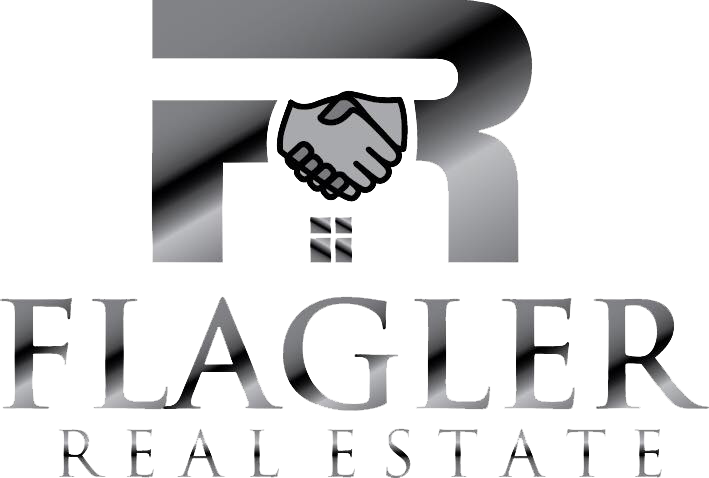What is the ALTA statement?

We are not at minimum 3 days from closing and you get an email stating that your ALTA statement is attached for your review! There are a lot of numbers on this sheet and you are trying to read it line by line. What in the world, what is this, and what happened to the Hud-1? Let me help you figure it out…
The ALTA settlement statement is designed to provide uniformity within the Real Estate marketplace. Think of the ALTA statement as a receipt for the transaction or as a balance sheet of all the transaction costs and credits. While the ALTA can be used alongside a closing disclosure, it is not meant to replace it. Before you begin to scratch your head in confusion, don’t worry; we will explain the differences between the sellers disclosure, closing disclosure (TRID), and the ALTA statement.
What Does the ALTA Settlement Statement Show?
The ALTA settlement statement is essentially an itemized list of all of the fees or charges that the buyer and seller will pay during the settlement portion of a Real Estate transaction. The form also clearly spells out important transaction dates such as tax payoff, recording, and disbursement dates. Additional information that is listed within the form includes loan amount, adjustments, title charges, transfer charges, and the property sales price.
What Are The Differences Between The Sellers, Closing, ALTA, and 1986 HUD-1 Forms?
Closing forms for a Real Estate transaction can be a bit confusing for first time buyers. While each of the following forms might not be used during your specific Real Estate transaction, it is important to understand their differences.
- Sellers Disclosure Form
- There is a separate form for both Sellers and Buyers. The forms are separate so that the seller doesn’t have access to sensitive buyer information.
- Contains a transaction section, which is similar to the old HUD-1 form and clearly denotes the transaction history.
- Within the closing cost section, the seller’s contributions will be listed, as well as any loan information or closing costs.
- Closing Disclosure (TRID)
- A five page form that details which mortgage loan was selected by the seller.
- Page one includes information on the loan terms and projected payments.
- Page two lists closing cost details.
- Page three is a summary of the transaction history and the cash needed to close.
- Page four details additional information about your loan.
- Page five provides the disclosure and contact information, as well as loan calculations.
- A five page form that details which mortgage loan was selected by the seller.
Note: this document is required for government backed loans.
- ALTA Settlement Statement
- Clear, easy to understand form with seller information on the left and buyer information on the right.
- Each line of the first page of the ALTA settlement statement will show the credit or charge for the buyer or seller.
- Provides sign-off portion that allows the closing to be conducted and the funds to be clearly understood before they are appropriately distributed.
- The form includes a description for each line item, so that a “bottom line” number can be easily identified.
What Are The Benefits Of Using The ALTA Settlement Statement?
The primary goal of the ALTA settlement statement is to provide a clear breakdown of the costs to either the buyer or the seller during the closing transaction.

